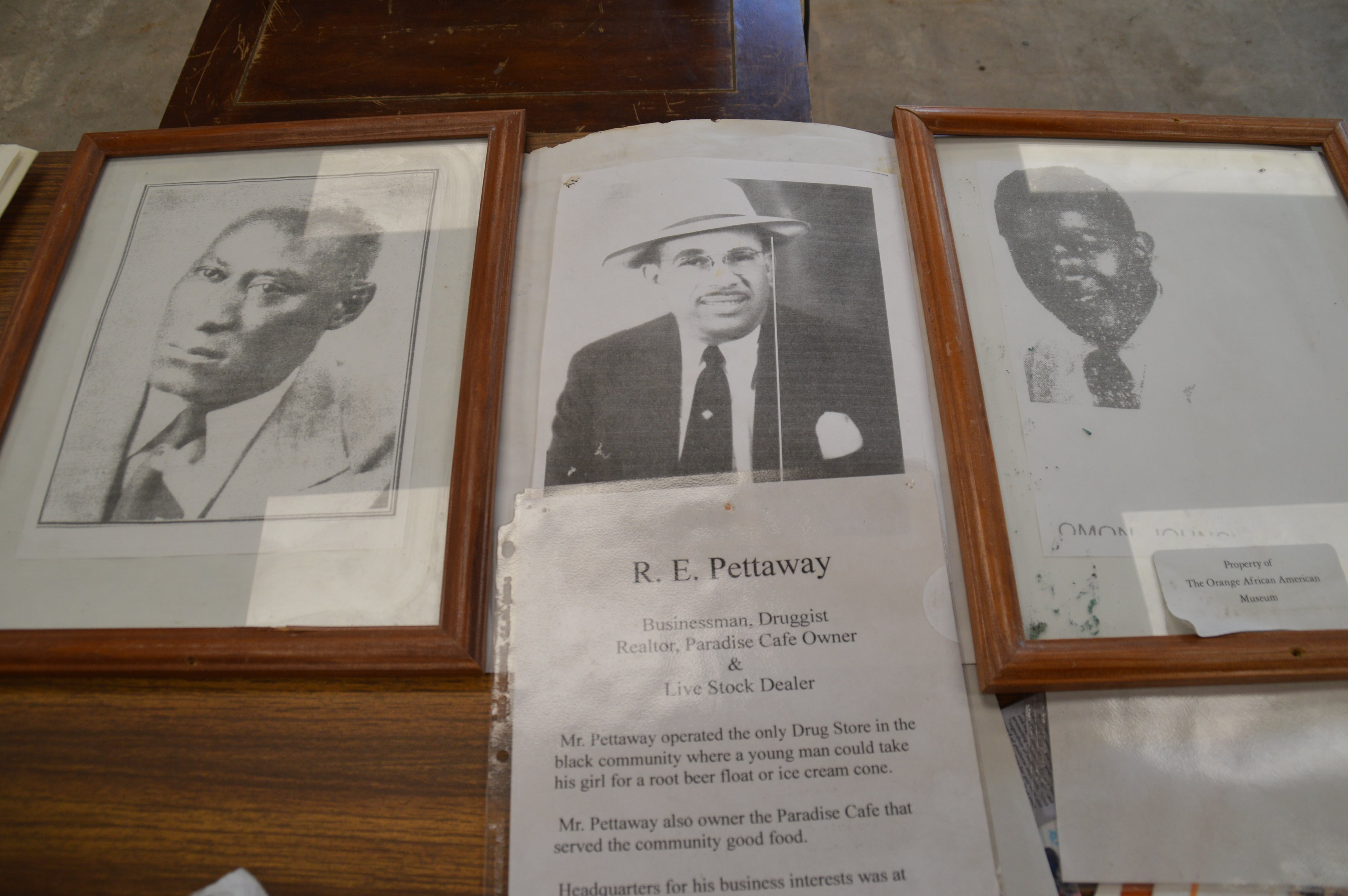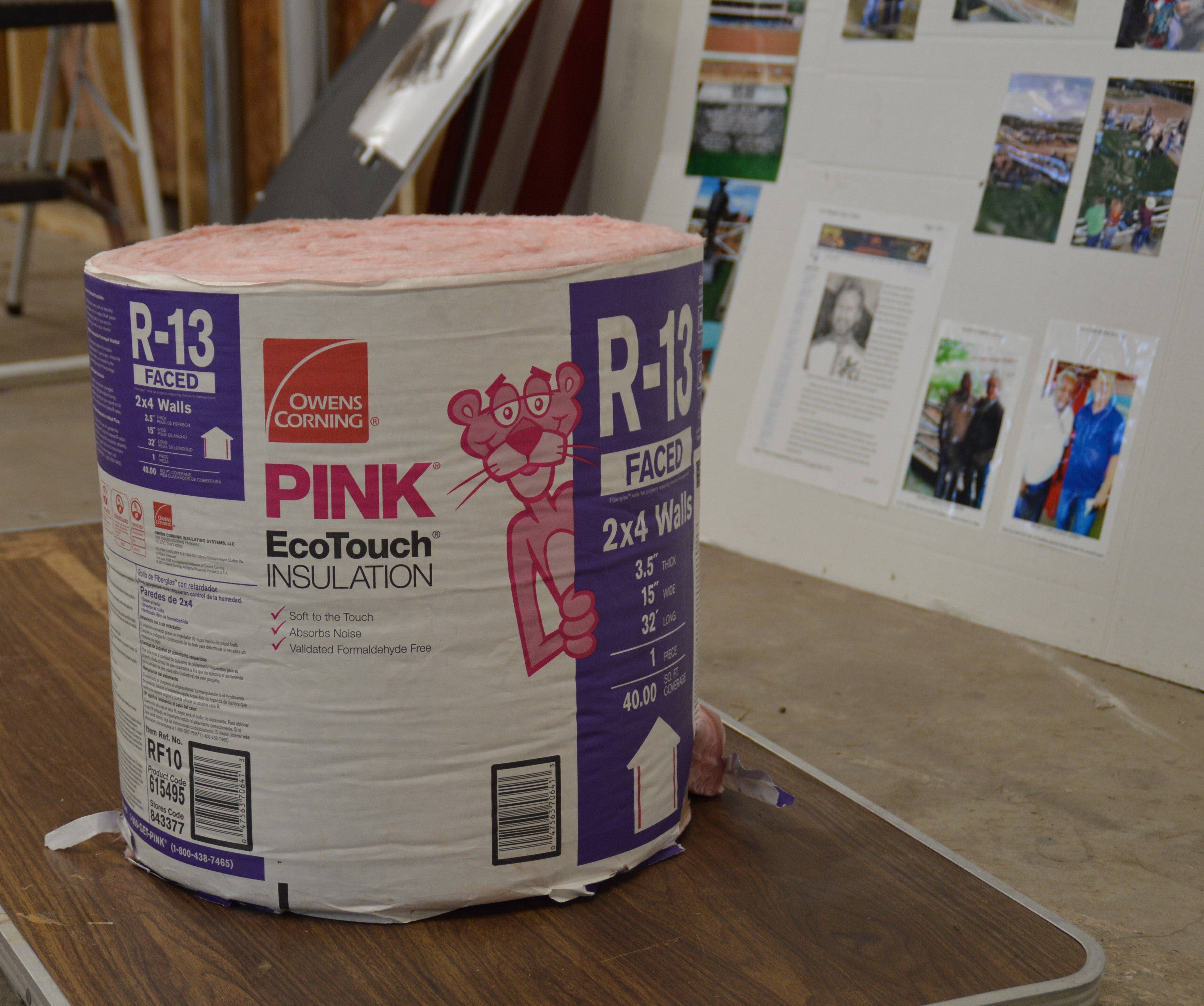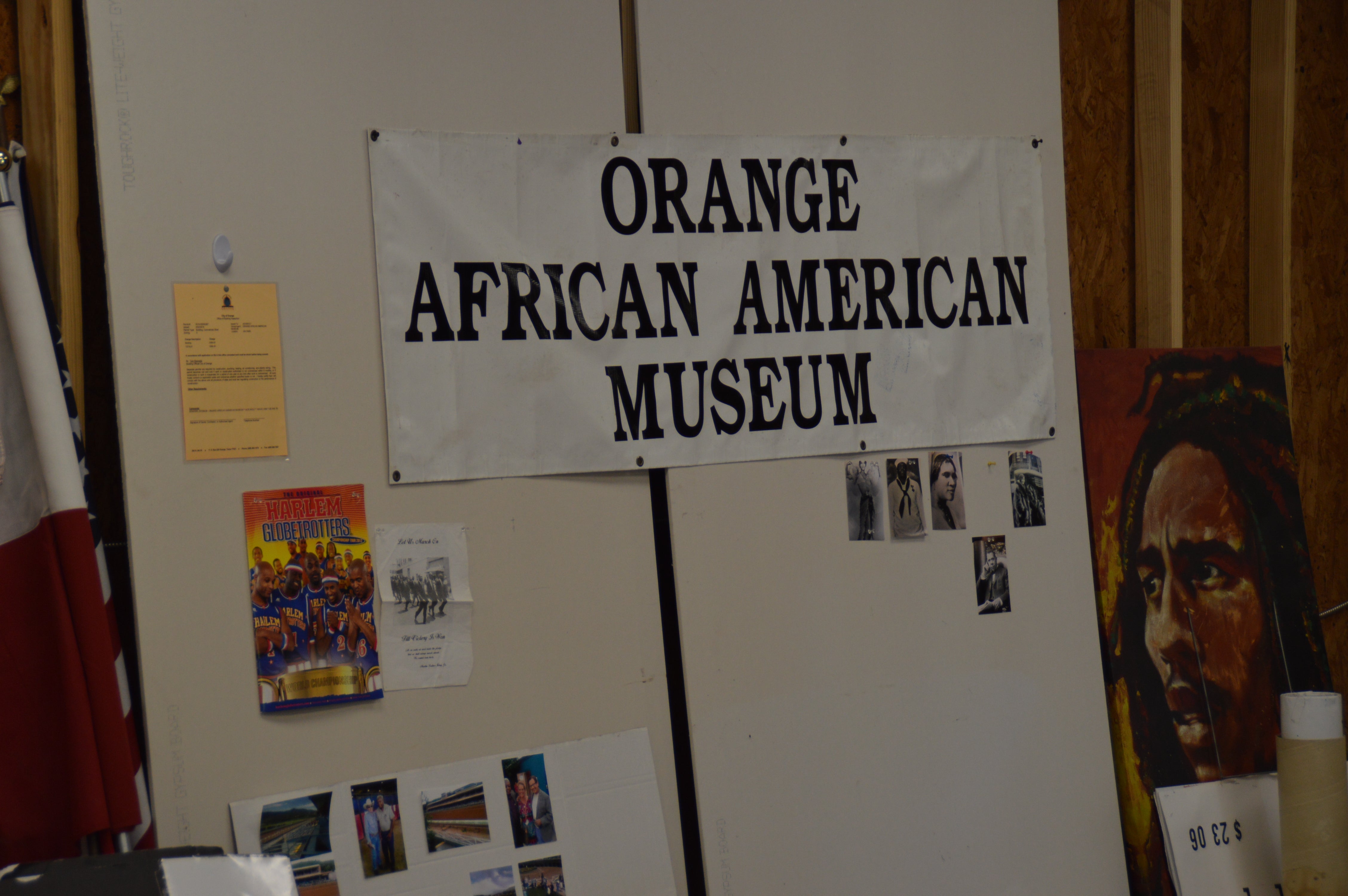OAAM has come a long way, but more work is needed
Published 12:45 am Saturday, August 31, 2019
By Dawn Burleigh
The Orange Leader
In 2013, Henry Lowe set out on a quest to fulfill a dream. He had a vision of a museum which would educate the youth in the area and also increase tourism.
Today, he continues to work towards the goal of opening the Orange African American Museum.
In six years, the vision has gone from talk to building. The non-profit organization purchased a building at the corner of West Park Ave. and 3rd Street in Orange.
The lights have been turned on.
Now the next step is walls.
“We need about 15 rolls of insulation,” Lowe said as he sat in the museum one afternoon. “It is $20 a roll. We also need volunteers to install it.”
Once installed, the museum has 40 sheets of drywall promised to them.
Next, is plumbing and ensuring handicap accessibility.
One step at a time.
“Once we have walls and air conditioning, we can hold our meetings here,” Lowe said.
Meantime, Lowe and the board continue to gather information to display.
“Mrs. Dollie B. Craig was the first president of the local NAACP and a teacher at Wallace,” Lowe said. “Women were leaders back then because they could be more bold. Pastors had to be careful because of the church and men needed to keep their jobs.”
One person who inspired Lowe was R.E. Pettaway.
“He had the only black drug store,” Lowe said. “He inspired me because back then you could be a teacher or a coach. He showed me you could be a pharmacist. Velma Jeter’s husband showed us we could be a dentist.”
Lowe explained there were many black role models in the area.
“They had to go north to get an education,” Lowe said. “They were the leaders of the community. They were highly respected and educated. Just like any ethnic group we had high, middle and low. Our educators were looking to the future when the barriers would no longer be there and wanted you to be ready when the change came.”
Education was different then as well.
“Teachers were the first to see the signs if a student was struggling,” Lowe said. “About time it got dark, a teacher would stop by the house when a parent would be home to talk with to find what the problem was and why a student could not concentrate to study.”
“WE need to see how far we have come and keep true history alive,” Lowe added. “We have a long way to go. I hope it will inspire all young people.”








